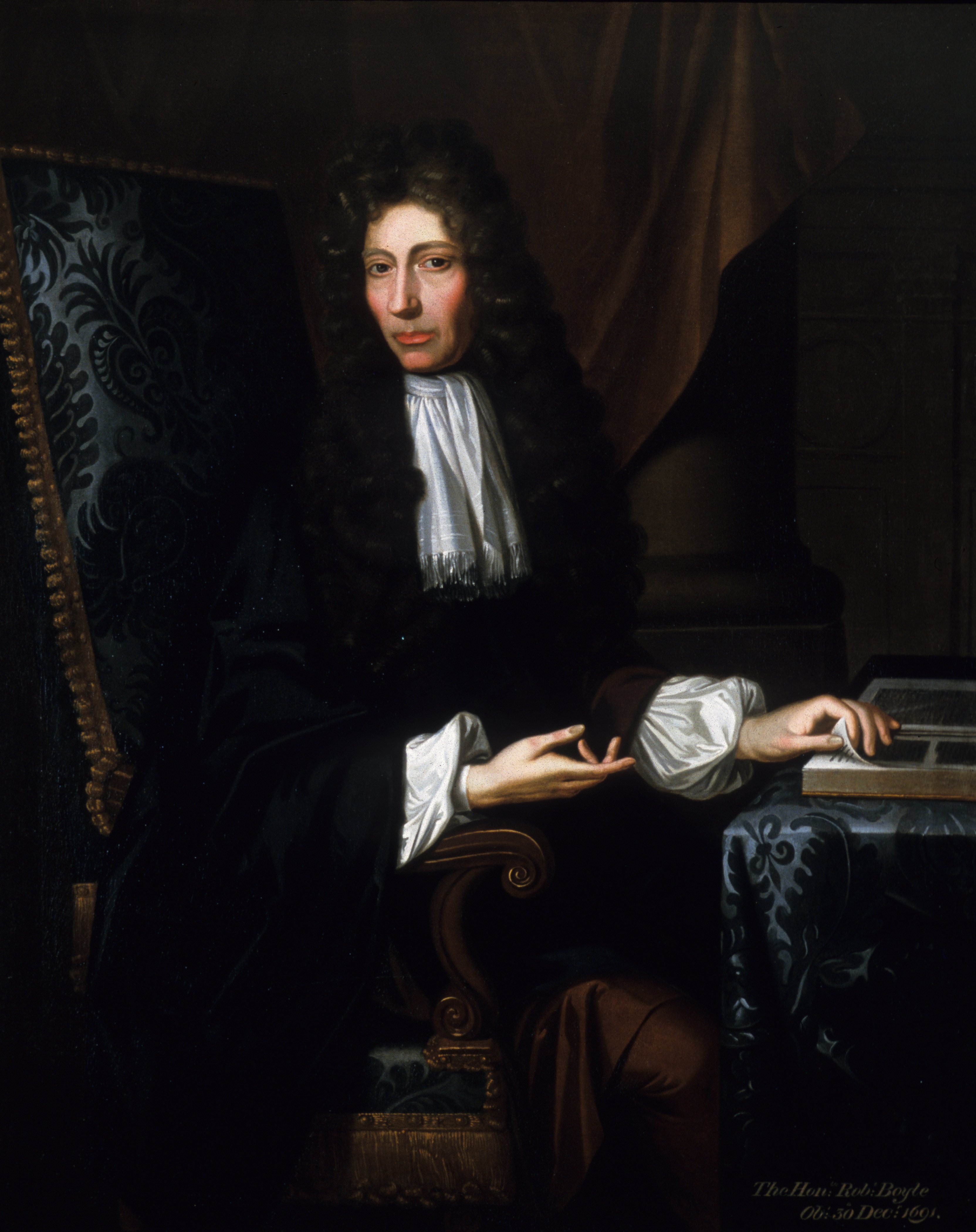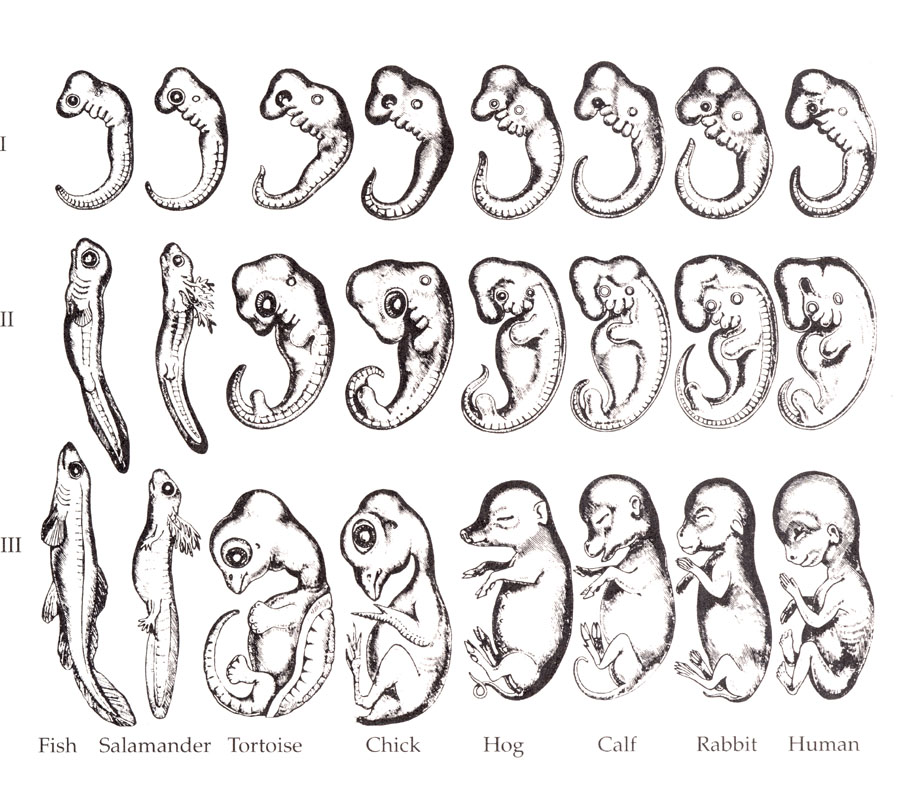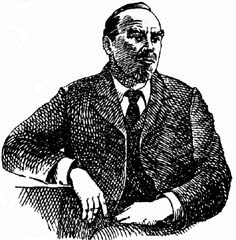|
Ernst Haeckel
Ernst Heinrich Philipp August Haeckel (; 16 February 1834 – 9 August 1919) was a German zoologist, naturalist, eugenicist, philosopher, physician, professor, marine biologist and artist. He discovered, described and named thousands of new species, mapped a genealogical tree relating all life forms and coined many terms in biology, including ''ecology'', '' phylum'', ''phylogeny'', and ''Protista.'' Haeckel promoted and popularised Charles Darwin's work in Germany and developed the influential but no longer widely held recapitulation theory ("ontogeny recapitulates phylogeny") claiming that an individual organism's biological development, or ontogeny, parallels and summarises its species' evolutionary development, or phylogeny. The published artwork of Haeckel includes over 100 detailed, multi-colour illustrations of animals and sea creatures, collected in his ''Kunstformen der Natur'' ("Art Forms of Nature"), a book which would go on to influence the Art Nouveau artistic mo ... [...More Info...] [...Related Items...] OR: [Wikipedia] [Google] [Baidu] |
Ontogeny
Ontogeny (also ontogenesis) is the origination and development of an organism (both physical and psychological, e.g., moral development), usually from the time of fertilization of the egg to adult. The term can also be used to refer to the study of the entirety of an organism's lifespan. Ontogeny is the developmental history of an organism within its own lifetime, as distinct from phylogeny, which refers to the evolutionary history of a species. Another way to think of ontogeny is that it is the process of an organism going through all of the developmental stages over its lifetime. The developmental history includes all the developmental events that occur during the existence of an organism, beginning with the changes in the egg at the time of fertilization and events from the time of birth or hatching and afterward (i.e., growth, remolding of body shape, development of secondary sexual characteristics, etc.). While developmental (i.e., ontogenetic) processes can influence sub ... [...More Info...] [...Related Items...] OR: [Wikipedia] [Google] [Baidu] |
August Schleicher
August Schleicher (; 19 February 1821 – 6 December 1868) was a German linguist. His great work was ''A Compendium of the Comparative Grammar of the Indo-European Languages'' in which he attempted to reconstruct the Proto-Indo-European language. To show how Indo-European might have looked, he created a short tale, Schleicher's fable, to exemplify the reconstructed vocabulary and aspects of Indo-European society inferred from it. Life Schleicher was born in Meiningen, in the Duchy of Saxe-Meiningen, southwest of Weimar in the Thuringian Forest. He died from tuberculosis at the age of 47 in Jena, in the Duchy of Saxe-Weimar-Eisenach, in present-day Thuringia. Career Schleicher was educated at the University of Tübingen and Bonn and taught at the Charles University in Prague and the University of Jena. He began his career studying theology and Oriental languages, especially Arabic, Hebrew, Sanskrit and Persian. Combining influences from the seemingly opposed camps of scient ... [...More Info...] [...Related Items...] OR: [Wikipedia] [Google] [Baidu] |
Potsdam
Potsdam () is the capital and, with around 183,000 inhabitants, largest city of the German state of Brandenburg. It is part of the Berlin/Brandenburg Metropolitan Region. Potsdam sits on the River Havel, a tributary of the Elbe, downstream of Berlin, and lies embedded in a hilly morainic landscape dotted with many lakes, around 20 of which are located within Potsdam's city limits. It lies some southwest of Berlin's city centre. The name of the city and of many of its boroughs are of Slavic origin. Potsdam was a residence of the Prussian kings and the German Kaiser until 1918. Its planning embodied ideas of the Age of Enlightenment: through a careful balance of architecture and landscape, Potsdam was intended as "a picturesque, pastoral dream" which would remind its residents of their relationship with nature and reason. The city, which is over 1000 years old, is widely known for its palaces, its lakes, and its overall historical and cultural significance. Landmarks include ... [...More Info...] [...Related Items...] OR: [Wikipedia] [Google] [Baidu] |
Biology
Biology is the scientific study of life. It is a natural science with a broad scope but has several unifying themes that tie it together as a single, coherent field. For instance, all organisms are made up of cells that process hereditary information encoded in genes, which can be transmitted to future generations. Another major theme is evolution, which explains the unity and diversity of life. Energy processing is also important to life as it allows organisms to move, grow, and reproduce. Finally, all organisms are able to regulate their own internal environments. Biologists are able to study life at multiple levels of organization, from the molecular biology of a cell to the anatomy and physiology of plants and animals, and evolution of populations.Based on definition from: Hence, there are multiple subdisciplines within biology, each defined by the nature of their research questions and the tools that they use. Like other scientists, biologists use the sc ... [...More Info...] [...Related Items...] OR: [Wikipedia] [Google] [Baidu] |
Social Darwinism
Social Darwinism refers to various theories and societal practices that purport to apply biological concepts of natural selection and survival of the fittest to sociology, economics and politics, and which were largely defined by scholars in Western Europe and North America in the 1870s. Social Darwinism holds that the strong see their wealth and power increase while the weak see their wealth and power decrease. Social Darwinist definitions of ''the strong'' and ''the weak'' vary, and also differ on the precise mechanisms that reward strength and punish weakness. Many such views stress competition between individuals in ''laissez-faire'' capitalism, while others, emphasizing struggle between national or racial groups, support eugenics, racism, imperialism and/or fascism.Leonard, Thomas C. (2009"Origins of the Myth of Social Darwinism: The Ambiguous Legacy of Richard Hofstadter's Social Darwinism in American Thought" ''Journal of Economic Behavior & Organization'' 71, pp. 37–5 ... [...More Info...] [...Related Items...] OR: [Wikipedia] [Google] [Baidu] |
Scientific Racism
Scientific racism, sometimes termed biological racism, is the pseudoscience, pseudoscientific belief that empirical evidence exists to support or justify racism (racial discrimination), racial inferiority, or racial superiority.. "Few tragedies can be more extensive than the stunting of life, few injustices deeper than the denial of an opportunity to strive or even to hope, by a limit imposed from without, but falsely identified as lying within." Historically, scientific racism received credence throughout the scientific community, but it is no longer considered scientific. The division of humankind into biologically distinct groups, and the attribution of specific traits both physical and mental to them by constructing and applying corresponding Scientific modelling, explanatory models, i.e. racial theories, is sometimes called racialism, race realism, or race science by its proponents. Modern scientific consensus rejects this view as being irreconcilable with modern Genetics, g ... [...More Info...] [...Related Items...] OR: [Wikipedia] [Google] [Baidu] |
World Riddle
The term "world riddle" or "world-riddle" has been associated, for over 100 years, with Friedrich Nietzsche (who mentioned ''Welträthsel'' in several of his writings) and with the biologist-philosopher Ernst Haeckel, who, as a professor of zoology at the University of Jena, wrote the book ''Die Welträthsel'' in 1895–1899, in modern spelling ''Die Welträtsel'' (German; "The World-riddles"), with the English version published under the title ''The Riddle of the Universe'', 1901. The term "world riddle" concerns the nature of the universe and the meaning of life. The question and answer of the World Riddle has also been examined as an inspiration or allegorical meaning within some musical compositions, such as the unresolved harmonic progression at the end of ''Also sprach Zarathustra'' (1896) by composer Richard Strauss. View of Nietzsche Friedrich Nietzsche referred to the "World Riddle" (''Welträthsel'') in several of his writings; however, his direct influence ... [...More Info...] [...Related Items...] OR: [Wikipedia] [Google] [Baidu] |
Art Nouveau
Art Nouveau (; ) is an international style of art, architecture, and applied art, especially the decorative arts. The style is known by different names in different languages: in German, in Italian, in Catalan, and also known as the Modern Style (British Art Nouveau style), Modern Style in English. It was popular between 1890 and 1910 during the Belle Époque period, and was a reaction against the academic art, eclecticism and historicism of 19th century architecture and decoration. It was often inspired by natural forms such as the sinuous curves of plants and flowers. Other characteristics of Art Nouveau were a sense of dynamism and movement, often given by asymmetry or whiplash lines, and the use of modern materials, particularly iron, glass, ceramics and later concrete, to create unusual forms and larger open spaces.Sembach, Klaus-Jürgen, ''L'Art Nouveau'' (2013), pp. 8–30 One major objective of Art Nouveau was to break down the traditional distinction between fine ... [...More Info...] [...Related Items...] OR: [Wikipedia] [Google] [Baidu] |
Kunstformen Der Natur
(known in English as ''Art Forms in Nature'') is a book of lithographic and halftone prints by German biologist Ernst Haeckel. Publication Originally published in sets of ten between 1899 and 1904 and collectively in two volumes in 1904, it consists of 100 prints of various organisms, many of which were first described by Haeckel himself. Over the course of his career, over 1000 engravings were produced based on Haeckel's sketches and watercolors; many of the best of these were chosen for , translated from sketch to print by lithographer Adolf Giltsch. A second edition of , containing only 30 prints, was produced in 1914. Themes According to Haeckel scholar Olaf Breidbach, the work was "not just a book of illustrations but also the summation of his view of the world." The over-riding themes of the plates are symmetry and level ... [...More Info...] [...Related Items...] OR: [Wikipedia] [Google] [Baidu] |
Biological Illustration
Biological illustration is the use of technical illustration to visually communicate the structure and specific details of biological subjects of study. This can be used to demonstrate anatomy, explain biological functions or interactions, direct surgical procedures, distinguish species, and other applications. The scope of biological illustration can range from the whole organism level to microscopic. Subcategories Types of biological illustrations include: *Medical illustration *Botanical illustration * Zoological illustration History Historically, biological illustrations have been in use since the beginning of man's exploration and attempts to understand the world around him. The paleolithic cave paintings were so detailed that we can even recognize species and breeds of many of the depicted animals today. For example, in the Chauvet-Pont-d'Arc Cave (circa 30,000 BC), at least 13 different species have been identified. In one prehistoric cave (circa 15,000 BC), there is a drawi ... [...More Info...] [...Related Items...] OR: [Wikipedia] [Google] [Baidu] |
Recapitulation Theory
The theory of recapitulation, also called the biogenetic law or embryological parallelism—often expressed using Ernst Haeckel's phrase "ontogeny recapitulates phylogeny"—is a historical hypothesis that the development of the embryo of an animal, from fertilization to gestation or hatching (ontogeny), goes through stages resembling or representing successive adult stages in the evolution of the animal's remote ancestors (phylogeny). It was formulated in the 1820s by Étienne Serres based on the work of Johann Friedrich Meckel, after whom it is also known as Meckel–Serres law. Since embryos also evolve in different ways, the shortcomings of the theory had been recognized by the early 20th century, and it had been relegated to "biological mythology" by the mid-20th century. Analogies to recapitulation theory have been formulated in other fields, including cognitive development and music criticism.Medicus (1992) p.2 quotation: "..many biologists accept the rule with respect ... [...More Info...] [...Related Items...] OR: [Wikipedia] [Google] [Baidu] |
Tectology
Tektology (sometimes transliterated as tectology) is a term used by Alexander Bogdanov to describe a new universal science that consisted of unifying all social, biological and physical sciences by considering them as systems of relationships and by seeking the organizational principles that underlie all systems. Tektology is now regarded as a precursor of systems theory and related aspects of synergetics. The word "tectology" was developed by Ernst Haeckel, but Bogdanov used it for a different purpose. Overview His work ''Tektology: Universal Organization Science'', published in Russia between 1912 and 1917, anticipated many of the ideas that were popularized later by Norbert Wiener in Cybernetics and Ludwig von Bertalanffy in the General Systems Theory. There are suggestions that both Wiener and von Bertalanffy might have read the German edition of ''Tektology'' which was published in 1928. In ''Sources and Precursors of Bogdanov's Tectology'', James White (1998) acknowledged ... [...More Info...] [...Related Items...] OR: [Wikipedia] [Google] [Baidu] |





_(1852).jpg)

